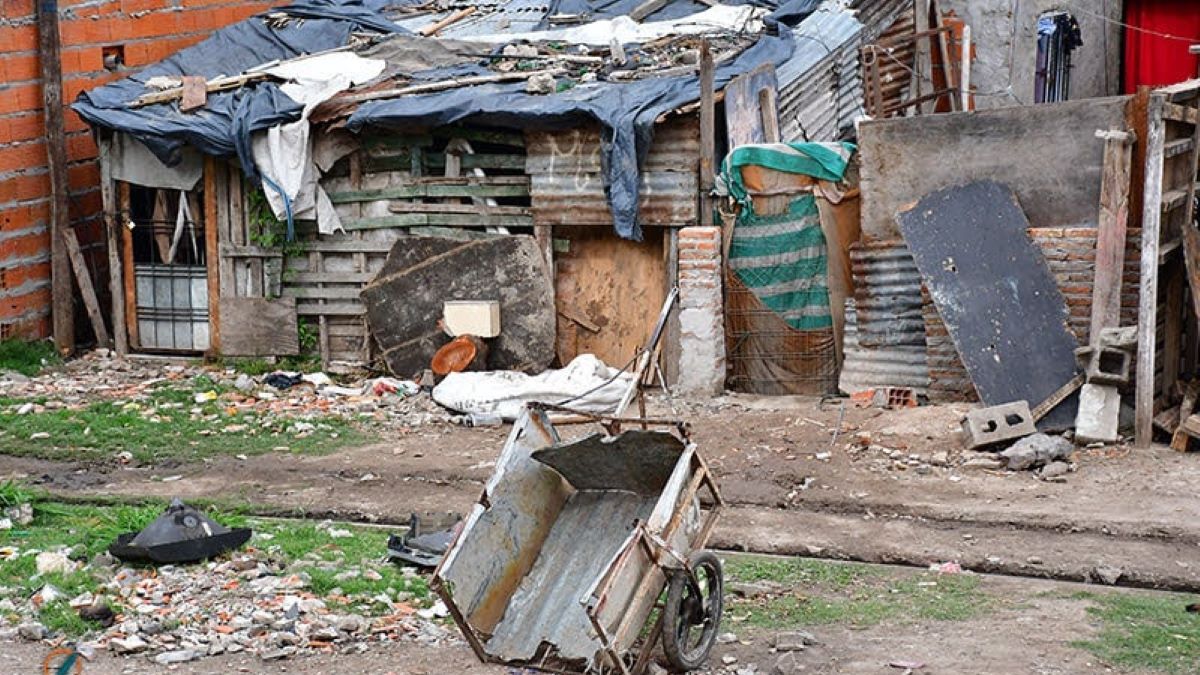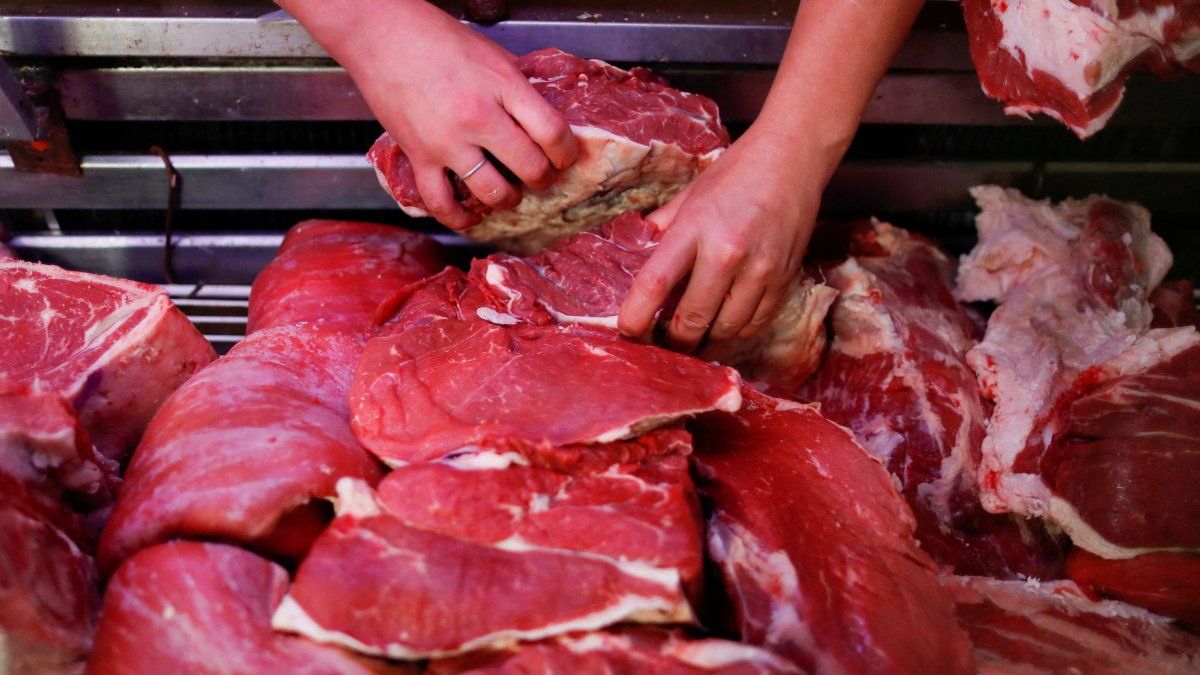The Poverty rate showed a reduction after the peak of the first semesterand went down to a 49% between May and October. The data arose from a recent private study, after knowing the INDEC figure, in which the number of people in that condition had reached 52.9%.
According to the study carried out by the Torcuato Di Tella University, poverty between May and June it had a first decrease to 51.1%, and culminated in a 48.6% for the third quarter of 2024, giving the average of 49%.
In relation to this, the report stated: “this projection suggests that about 49% of people live in poor urban households“.
Then, based on the Permanent Household Survey (EPH) calculated that, on an urban population that in the reference semester was estimated at 29.3 million of people, around 14,400,000 live in poor urban householdss.
In that sense, to carry out the statistics, Di Tella had to take the Total Basic Basket (CBT) average of the region Greater Buenos Aires (GBA), which for the reference semester was estimated at $297,533 per adult equivalent. This means that a increase of 234.6% year-on-year.
For its part, a increase in average Total Family Income (ITF) 175% year-on-yearaccording to what was projected for the semester.
“With these data and the microdata simulation of the EPH for quarters two, three and four of 2024, the poverty rate was projected, which showed 49% for the May-October semester with a 95% confidence interval between 47.5%, 50.5%“says the report.
He then explains that “the estimated variation for the CBA in the last projected semester with respect to the April-September semester was 2%, while the projected variation of the FTT sum of lower strata was 5.9%“.
“This situation is repeated when The variation of the CBT and the variation of the sum of the ITF are compared, which were 3.1 and 4.5%.respectively,” he adds.
According to a specialist, “the decline in poverty is seasonal”
Between 2023 and 2024, poverty increased from 40% to more than 49%
Archive
Why poverty fell
According to the report, The decline is linked to a drop in inflationsince this reduced the rate of increase in baskets used to measure the rate. But also, at increase in incomewhich occurred above the variations of the previous components.
In relation to this, the report specified: “as of the April-September 2024 semester, the variations in the baskets and the sum of the ITF and the sum of the ITF for lower strata stabilized with income growing above the growth of baskets“.
“This situation induced a drop in the measurement of indigence and poverty during the May-October 2024 semester, with respect to the April-September semester,” he specified.
Likewise, There was notable growth between last year and 2024with respect to the same semester of the year, “the poverty rate went from 40 to 49%”reports Di Tella.
Furthermore, he pointed out that “in the same period the variation of the baskets that mark the threshold of poverty and indigence increased between 225 and 233% compared to an increase of around 176% in the sum of the total ITF and from lower strata”.
A family needed $986,586 to avoid falling into poverty in October
He cost of the Total Basic Basket (CBT), that determines the poverty line, rose 2.3% in October nationwide. It was about the narrower variation since November 2021.
Thus, a “type” familymade up of a 35-year-old man, a 31-year-old woman, a 6-year-old son and an 8-year-old daughter, she needed $986,586 to not be considered poorin accordance with the INDEC parameters.
For its part, the Basic Food Basket (CBA)which measures the poverty line, increased 1.4%. Therefore, a family needed $434,620 so as not to be considered destitute.
The CBA was determined taking into account the calorie requirements for an “equivalent adult” (male between 30 and 60 years old, moderately active). In turn, the foods and their quantities were selected based on the consumption habits of the population based on the information provided by the National Household Expenditure Survey (ENGHo).
Source: Ambito
David William is a talented author who has made a name for himself in the world of writing. He is a professional author who writes on a wide range of topics, from general interest to opinion news. David is currently working as a writer at 24 hours worlds where he brings his unique perspective and in-depth research to his articles, making them both informative and engaging.




